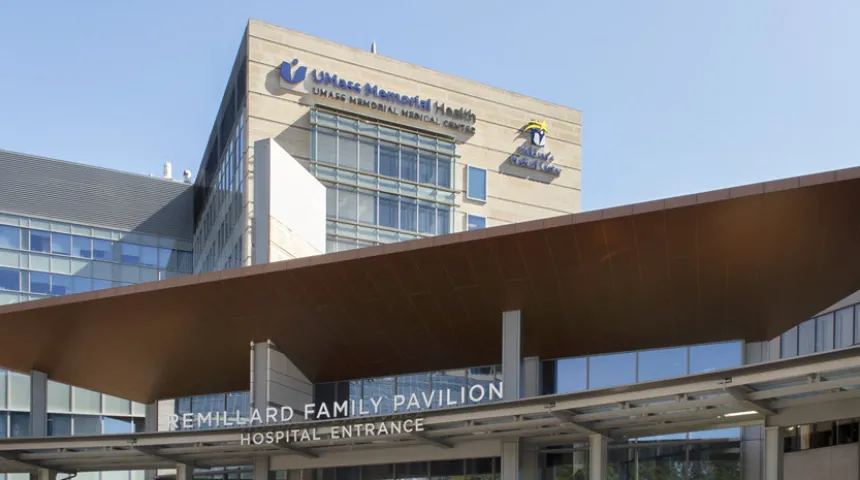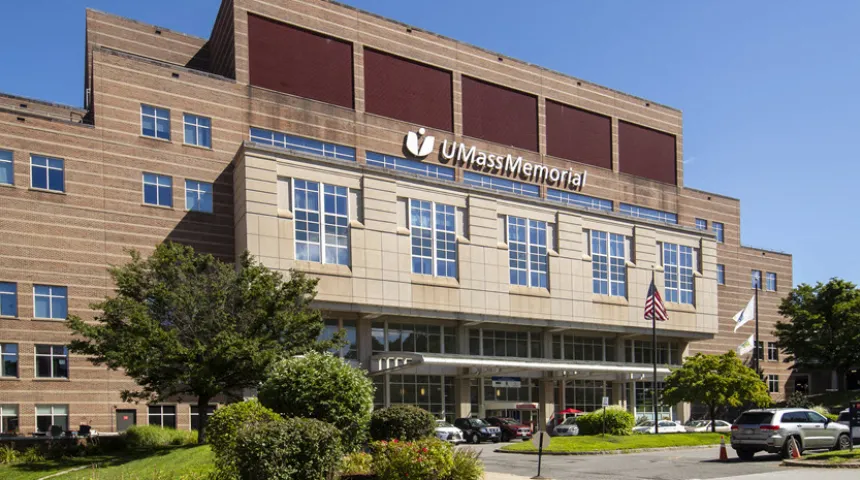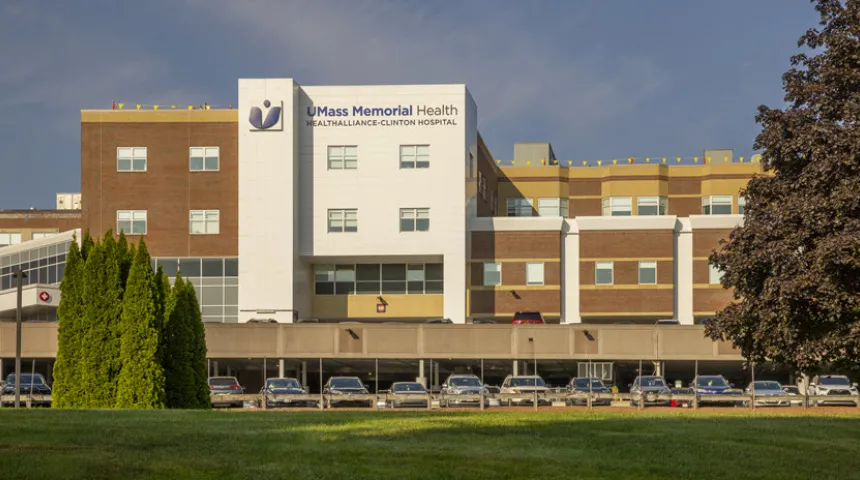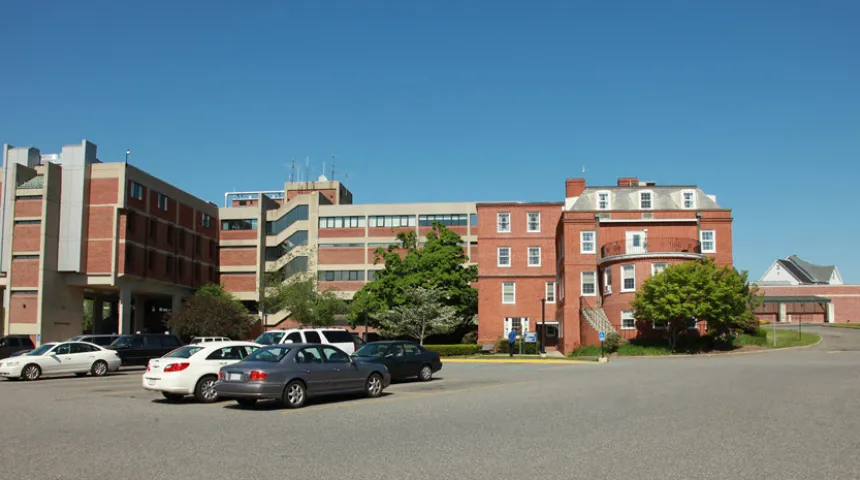Osteoarthritis
When you’re hurting, you can’t enjoy life. Get the help you need for joint pain or soreness caused by arthritis and osteoarthritis.
Why Choose Us for Osteoarthritis Care?
Nationally Recognized Surgical Program
If you aren’t getting sufficient relief from nonsurgical treatments, you may be a candidate for surgery. Read more about our joint replacement programs.
State-of-the-Art Technology
If you need joint replacement, you are in expert hands. UMass Memorial Medical Center in Worcester is the first hospital in Central Massachusetts to perform total knee replacement utilizing Zimmer Biomet’s ROSA Knee robotic technology and computer navigation.
Precise, Comprehensive Care
At UMass Memorial, you receive a careful physical exam and appropriate testing and imaging. Our meticulous approach confirms your diagnosis and excludes other causes of joint pain. Our team educates you about the disease progress and your treatment plan.
Seamless Provider Coordination
Our rheumatologists partner with your primary care provider (PCP) and other specialists, like orthopedic providers, to focus on maintaining your health and assessing the effectiveness of your treatment. This ongoing communication allows your team to work together to help you feel your best.
Our Rheumatology Locations

UMass Memorial Medical Center - University Campus
55 Lake Avenue North,
Worcester, MA 01655

UMass Memorial Medical Center - Memorial Campus
119 Belmont Street,
Worcester, MA 01605

HealthAlliance-Clinton Hospital - Leominster Campus
60 Hospital Road,
Leominster, MA 01453

Harrington Hospital - Southbridge Campus
100 South Street,
Southbridge, MA 01550

HealthAlliance-Clinton Hospital - Leominster Campus Rheumatology
32 Oakes Avenue,
Leominster, MA 01453

Tri-River Family Health Center
281 East Hartford Avenue,
Uxbridge, MA 01569
Get Started
Call 855-UMASS-MD (855-862-7763) or request an appointment with a rheumatologist.
